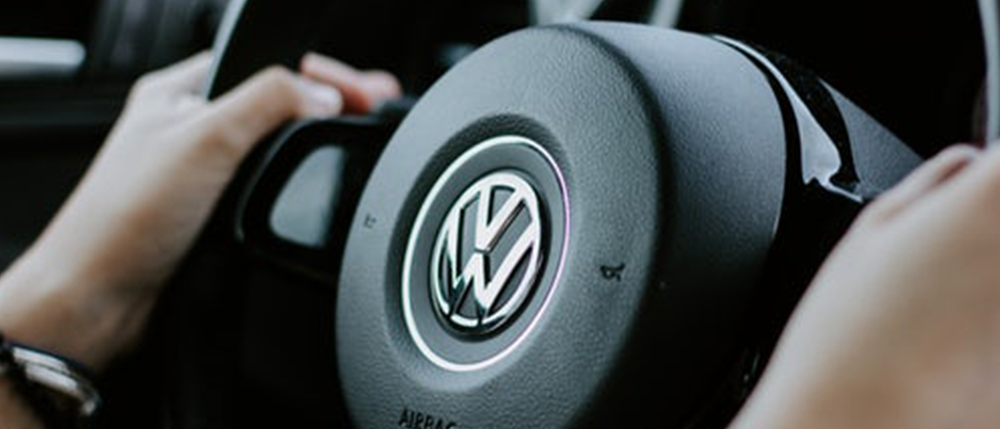Most safe driving skills teach you to remain in control of your vehicle at all times. But that's not always possible.
There are times when even the safest drivers lose control of their vehicle: There might be water or ice or gravel that robs us of control, or a collision might cause us to lose control as well. If we lose control of the vehicle, here's how to stay safe.
What you need to do first
We're making an assumption here that you are already driving safely, which means your seat belt is buckled, your hands are at "nine and three" on the steering wheel, and you're not talking on your cell phone.

When you lose control
Here is what you should do when you lose control:
- Don't panic. Yes, everyone says you shouldn't panic and it's hard not to panic, but panicking is the most detrimental thing to do. Some people freeze up when they panic and others over-compensate. Avoid panic and stay calm
- Keep your hands on the wheel. When some people panic and lose control of the vehicle, their first reaction is to let go of the wheel. Don't do this! At some point you will regain control of the vehicle and having your hands on the steering wheel will make sure that you are ready
- Keep your eyes open. When people panic, another reaction is to close their eyes. Don't do this! Keep your eyes open because as soon as you regain control of your vehicle, you will need to see where you are going
- Shift into neutral. When the vehicle is in drive, there is power going to the wheels, even if you aren't accelerating. By shifting into neutral, you are eliminating the power to the wheels
- Steer into the skid. Whether you're hydroplaning on water or skidding on ice or gravel, it's usually a good idea to steer into the skid. That is, steer in the direction that the back of your vehicle is trying to go. In most cases, this is the best way to regain control of a vehicle
- You don't necessarily have to stop the vehicle, you just have to slow down and straighten the car out to regain your footing.
- Make sure you drive out of the danger before stopping the vehicle and getting out. Check around you to make sure. For example, other vehicles following you might hit the same hazard that you hit and lose control as well. So make sure you are well away from danger first
We should drive in such a way that we stay in control of our vehicles at all times. However, some road conditions will still prevail and keep us from remaining in control. Using the techniques described above, you can avoid additional danger to yourself and regain control of your vehicle.

